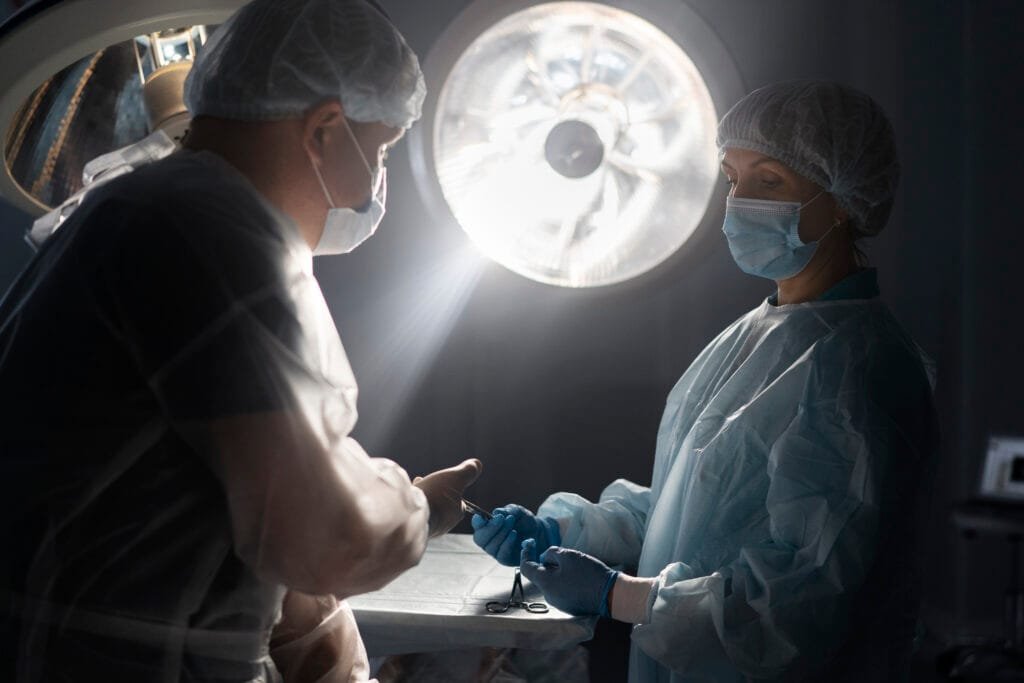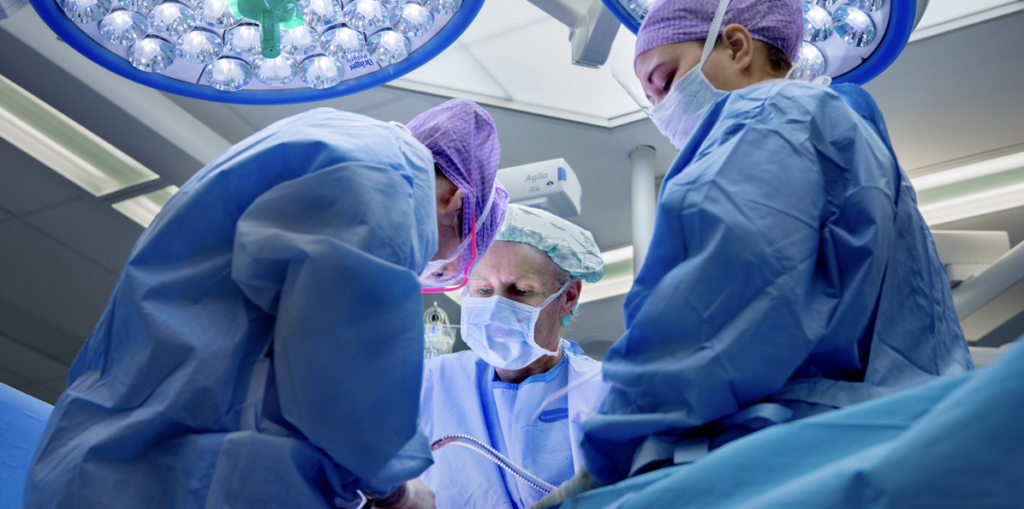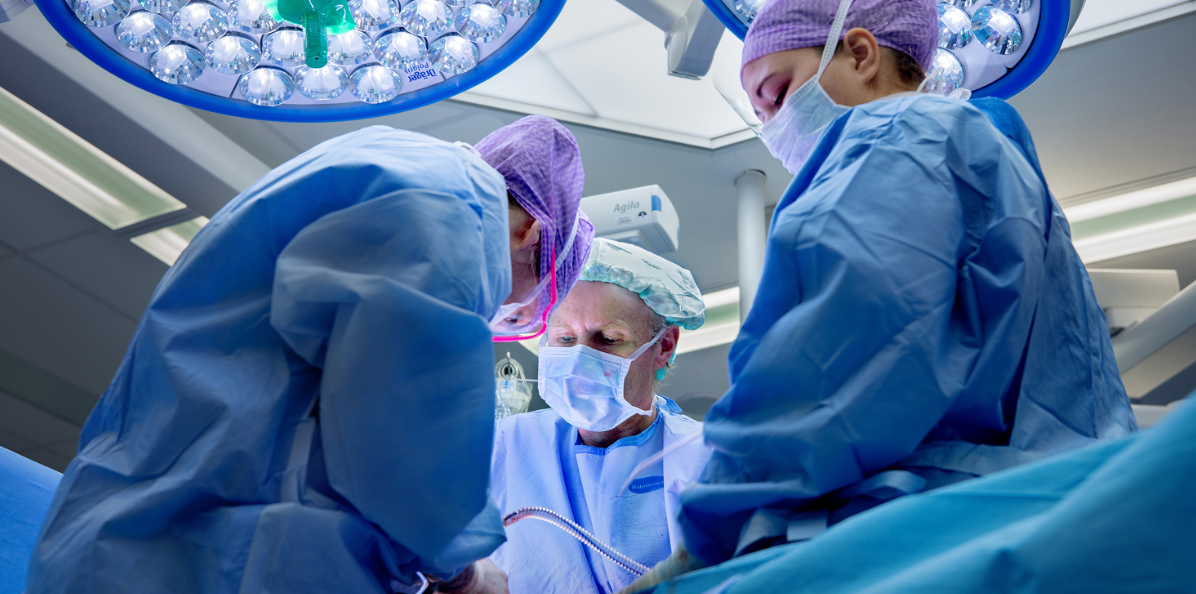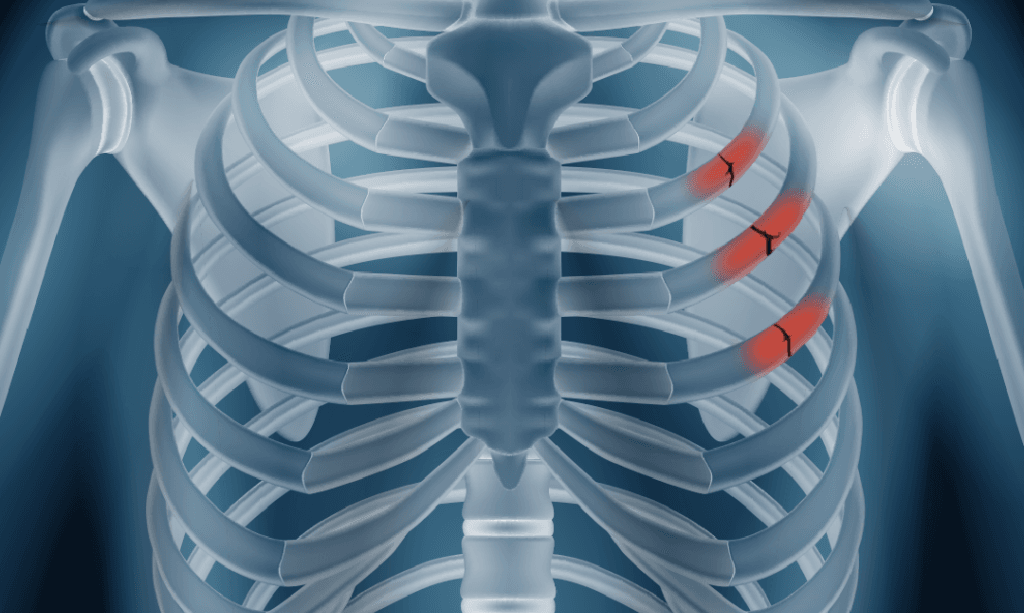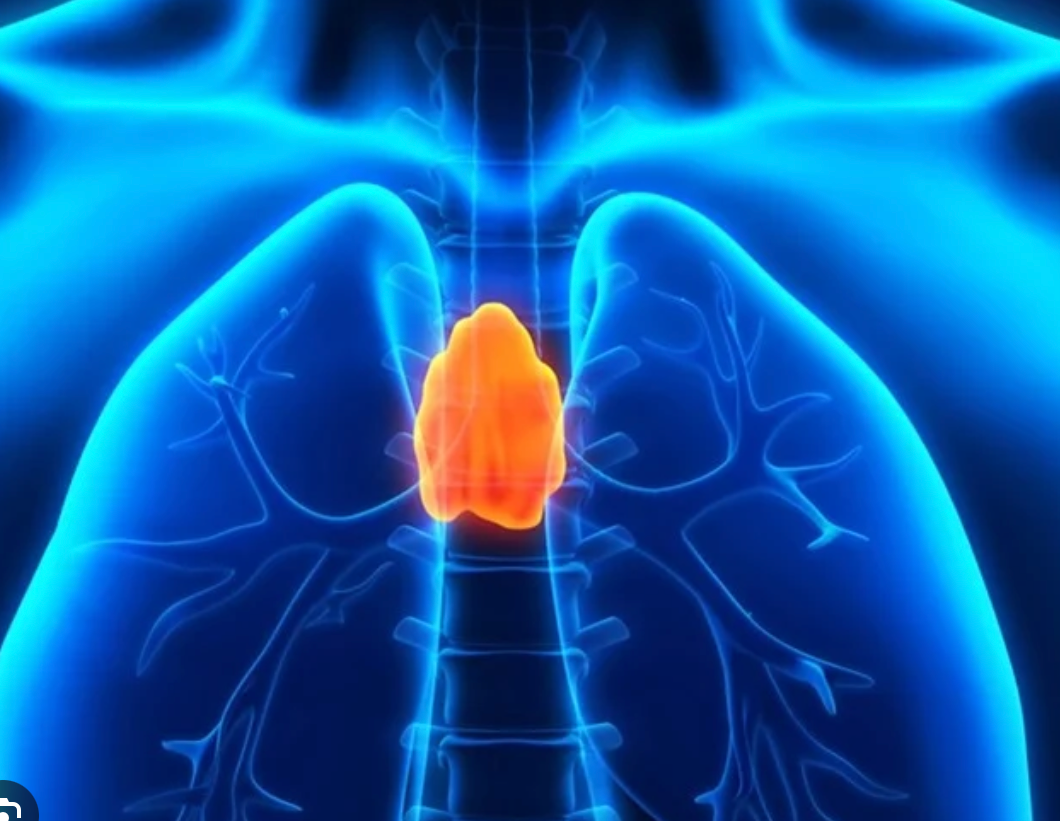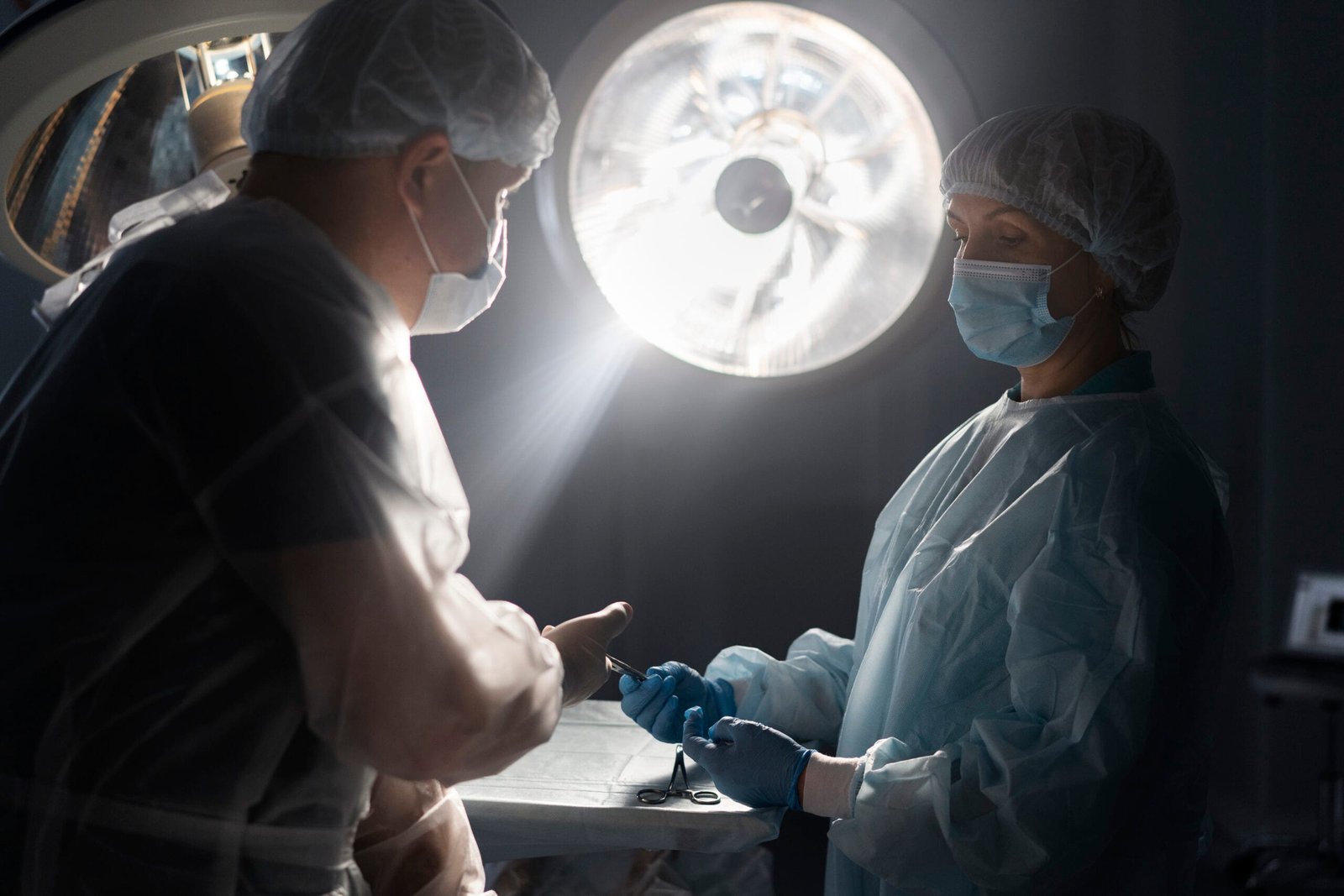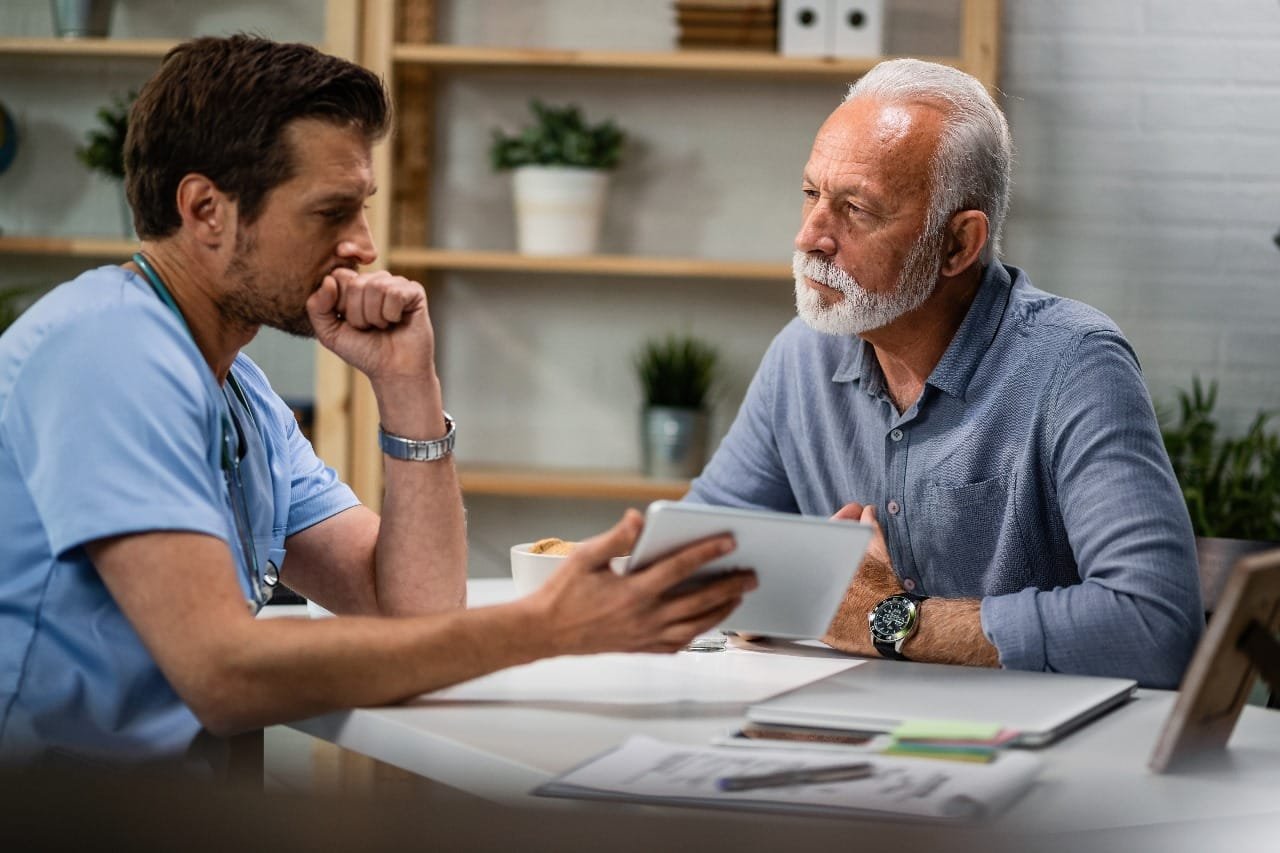Introduction
Thoracic surgery encompasses a range of surgical procedures aimed at addressing diseases and conditions affecting the thoracic cavity, which includes the lungs, heart, and other structures. The evolution of surgical techniques has led to significant advancements, including traditional open surgery, video-assisted thoracoscopic surgery (VATS), and robotic surgery. Each approach has its unique benefits and drawbacks, making it essential for patients to understand their options and the implications of each method. In this article, we will delve into the intricacies of thoracic surgery, comparing the three primary techniques: thoracic open surgery, VATS, and robotic surgery, to help you make an informed decision.
Understanding Thoracic Surgery
What is Thoracic Surgery?
Thoracic surgery refers to any surgical procedure performed on organs within the thorax, primarily focused on the lungs, heart, esophagus, and mediastinum. Surgeons specializing in this field undergo extensive training to manage conditions such as lung cancer, emphysema, esophageal cancer, and congenital heart defects. The techniques have evolved significantly over the years, moving from traditional open surgery to less invasive options that promote faster recovery times and reduced complications.
Common Conditions Treated
Thoracic surgeons tackle a variety of conditions, including lung tumors, pleural diseases, and mediastinal masses. Some common conditions treated through thoracic surgery include:
- Lung cancer
- Esophageal cancer
- Pneumothorax (collapsed lung)
- Emphysema
- Thoracic outlet syndrome
Understanding the specific condition that necessitates surgery is crucial for determining the most appropriate surgical approach.
Open Thoracic Surgery
What is Open Thoracic Surgery?
Thoracic open surgery involves making a large incision in the chest wall to access the lungs, heart, or other structures within the thoracic cavity. This traditional method allows for direct visualization and manipulation of the organs, which can be advantageous for complex cases. Common procedures performed via open surgery include lobectomy (removal of a lobe of the lung), pneumonectomy (removal of a lung), and esophagectomy (removal of the esophagus).
Pros of Open Thoracic Surgery
There are several benefits associated with open thoracic surgery. Firstly, the surgeon has a complete view of the surgical site, allowing for precise intervention, especially in complicated cases. This visibility often leads to the thorough removal of tumors and affected tissues. Additionally, the technique is well-established, and many surgeons have extensive experience, which can enhance patient confidence in the procedure.
Furthermore, open surgery can be more effective for extensive disease processes, where access to the entire thoracic cavity is required. Surgeons can manipulate and examine structures without the limitations posed by minimally invasive techniques.
Cons of Open Thoracic Surgery
Despite its advantages, thoracic open surgery has notable downsides. The most prominent concern is the longer recovery time. Patients often experience more postoperative pain and require a more extended hospital stay, which can lead to complications such as infection or pulmonary embolism. Additionally, the larger incision can result in more noticeable scarring, which may be a concern for some patients.
Moreover, the invasiveness of open thoracic surgery can lead to higher risks of complications, particularly in elderly patients or those with pre-existing conditions. As a result, many patients are exploring alternative surgical options that offer similar outcomes with fewer risks.
Video-Assisted Thoracic Surgery (VATS)
What is VATS?
Video-Assisted Thoracic Surgery (VATS) is a minimally invasive surgical technique that uses a small camera and specialized instruments inserted through tiny incisions in the chest. This approach allows for visualization of the thoracic cavity without the need for large incisions. VATS can be used for various procedures, including wedge resections, lobectomies, and diagnostic biopsies.
Pros of VATS
The primary advantage of VATS is its minimally invasive nature, which results in significantly less postoperative pain and faster recovery times compared to traditional open surgery. Patients typically experience shorter hospital stays and can resume normal activities sooner. The smaller incisions also lead to reduced scarring, which is often a significant consideration for patients.
Additionally, VATS can lead to fewer complications such as infections and blood loss, making it a safer option for many patients, particularly those who are older or have underlying health issues. The reduced trauma to the chest wall also results in less respiratory compromise, allowing for a smoother postoperative course.
Cons of VATS
While VATS offers numerous benefits, it is not without limitations. The main drawback is that it might not be suitable for all patients or conditions, particularly those with extensive disease or anatomical complications that require greater access. Moreover, the learning curve associated with VATS may result in variations in surgical outcomes, depending on the surgeon’s experience and expertise.
There is also a potential for conversion to open surgery if complications arise during the procedure, which can negate some of the advantages of a minimally invasive approach. Patients should have thorough discussions with their healthcare team to determine if VATS is the right choice for their specific condition.
Robotic Thoracic Surgery
What is Robotic Surgery?
Robotic thoracic surgery is a sophisticated technique that employs robotic systems to assist surgeons in performing minimally invasive procedures. The surgeon operates from a console, controlling robotic arms that hold specialized surgical instruments and a high-definition camera. This technology enhances precision, flexibility, and control during surgery, making it an attractive option for thoracic procedures.
Pros of Robotic Surgery
Robotic surgery offers numerous advantages, one of which is enhanced precision. The robotic system allows for more intricate movements than the human hand, which is beneficial in delicate procedures such as lung resections or complex cardiac surgeries. Additionally, the high-definition 3D visualization provided by the robotic camera gives surgeons an excellent view of the surgical site.
Patients undergoing robotic surgery often experience shorter recovery times similar to those of VATS, along with less postoperative pain and smaller incisions. This translates to reduced scarring and lower rates of infection compared to traditional open surgery. The ergonomic design of the robotic console also allows surgeons to maintain better positions, potentially reducing fatigue during lengthy procedures.
Cons of Robotic Surgery
Despite its benefits, robotic surgery has several drawbacks. Firstly, it often involves higher costs due to the expense of the robotic equipment and maintenance. This can lead to increased out-of-pocket expenses for patients and challenges with insurance coverage. Additionally, not all medical facilities have access to robotic systems, which may limit options for patients.
Another concern is the learning curve associated with robotic surgery. Surgeons require specialized training to operate robotic systems effectively, and the procedure’s success may vary based on the surgeon’s experience. Furthermore, just like VATS, there is a risk of conversion to open surgery if unforeseen complications arise during the robotic procedure.
Comparing the Three Approaches
Recovery Times
Recovery times vary significantly among the three surgical approaches. Patients undergoing traditional thoracic open surgery generally experience the longest recovery, often needing several weeks to return to normal activities due to pain and surgical trauma. In contrast, VATS typically allows patients to return to regular activities within a week or two, while robotic surgery often offers similar recovery benefits to VATS due to its minimally invasive nature.
Hospital Stay
The length of hospital stay is another critical factor to consider. Traditional open surgery usually requires a hospital stay of several days to a week, depending on the complexity of the procedure and the patient’s overall health. VATS patients often only need to stay overnight or for a couple of days post-surgery, while robotic surgery patients may also have similar short stays due to reduced postoperative complications and faster recovery times.
Costs and Insurance Considerations
From a financial perspective, traditional open surgery can be less expensive due to lower equipment costs compared to VATS and robotic surgery. However, the total costs may be affected by longer hospital stays and recovery times. VATS and robotic surgery often come with higher upfront costs due to specialized instruments and technology, but the potential for quicker recovery and reduced complications can make them economically favorable in the long run.
Insurance coverage for these surgical options can vary widely, and patients should consult with their insurers to understand what is covered for each approach. It is essential to consider both the immediate and long-term costs associated with each surgical technique.
Conclusion
Thoracic surgery is an essential component of treating various conditions affecting the thoracic cavity. With advancements in surgical techniques, patients now have multiple options, including traditional thoracic open surgery, VATS, and robotic surgery. Each method has its pros and cons, making it critical for patients to discuss their specific circumstances with their healthcare provider to make an informed decision.
Ultimately, the choice of surgical approach should depend on multiple factors, including the specific medical condition, the surgeon’s expertise, and the patient’s overall health. Understanding the nuances of these techniques can empower patients to take an active role in their treatment journey.
FAQs
Which surgery is the least invasive?
Video-Assisted Thoracoscopic Surgery (VATS) is generally considered the least invasive option, followed closely by robotic surgery. Both methods utilize smaller incisions compared to traditional thoracic open surgery, leading to less postoperative pain and faster recovery.
How do I choose the right option for me?
Choosing the right surgical option depends on various factors, including the specific condition being treated, your overall health, and the surgeon’s recommendations. Consultation with your healthcare provider can help tailor the choice to your unique needs.
What should I expect during recovery?
Recovery expectations vary based on the surgical approach. Generally, patients can anticipate some pain and discomfort regardless of the technique. Open surgery usually involves a longer recovery time, while VATS and robotic surgery typically allow for quicker return to normal activities. Follow-up appointments are essential to monitor healing and manage any complications.
